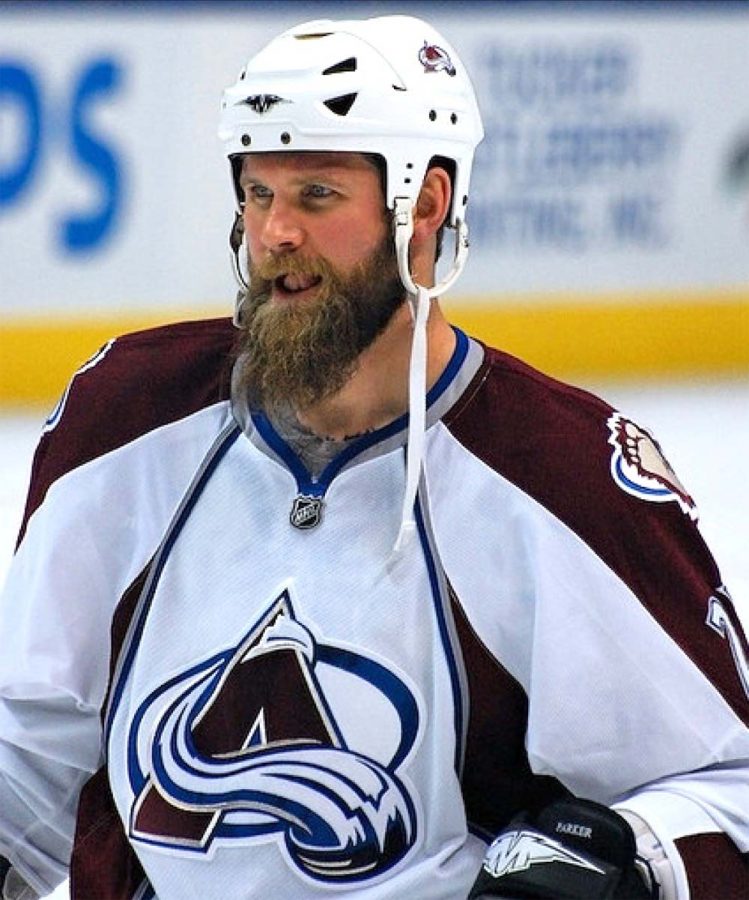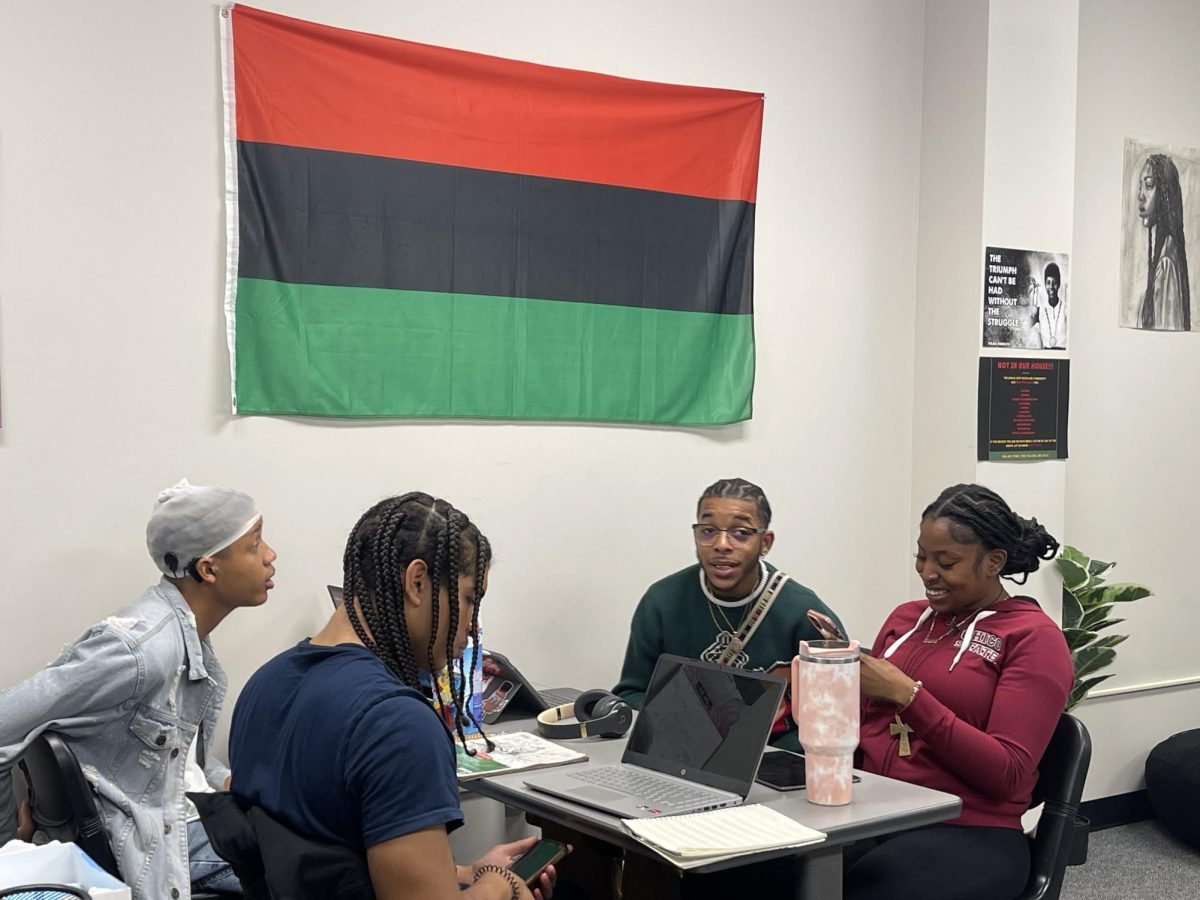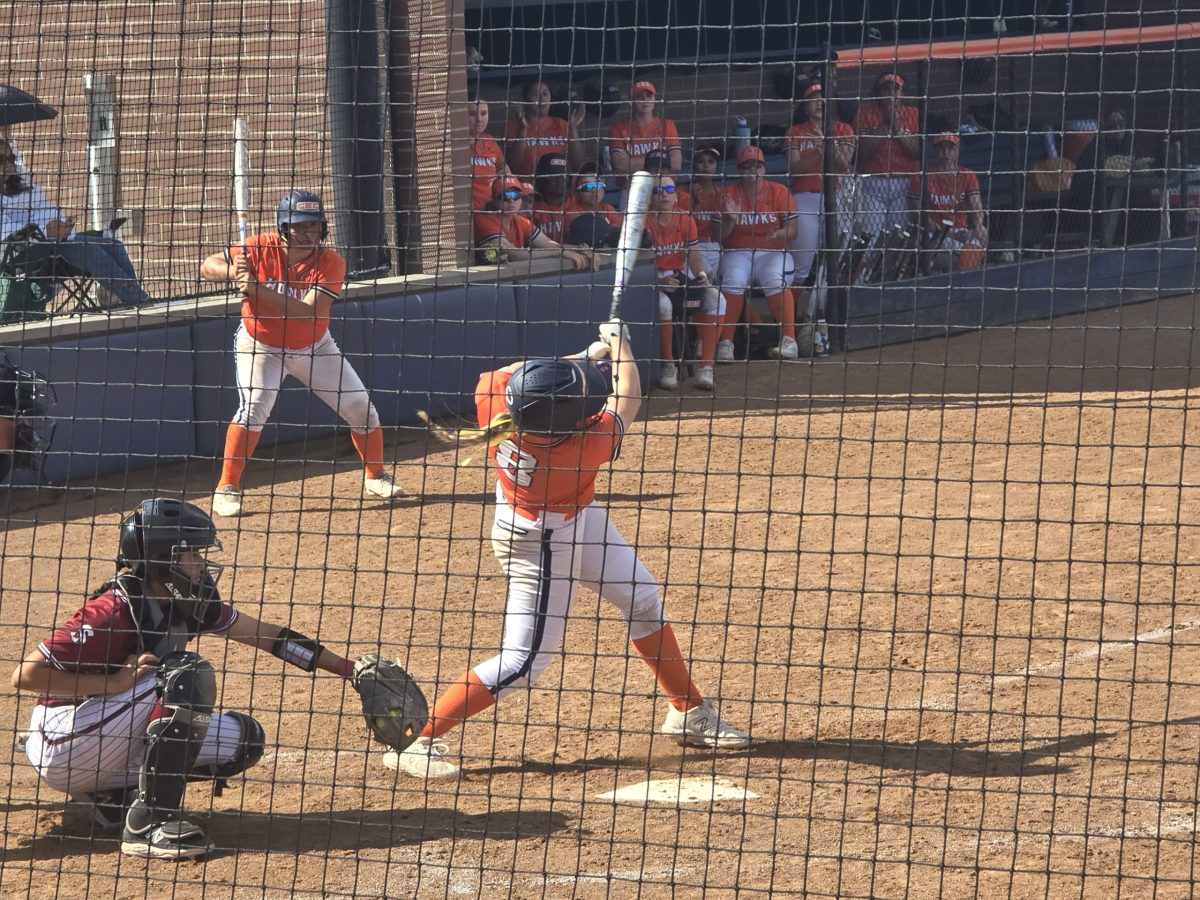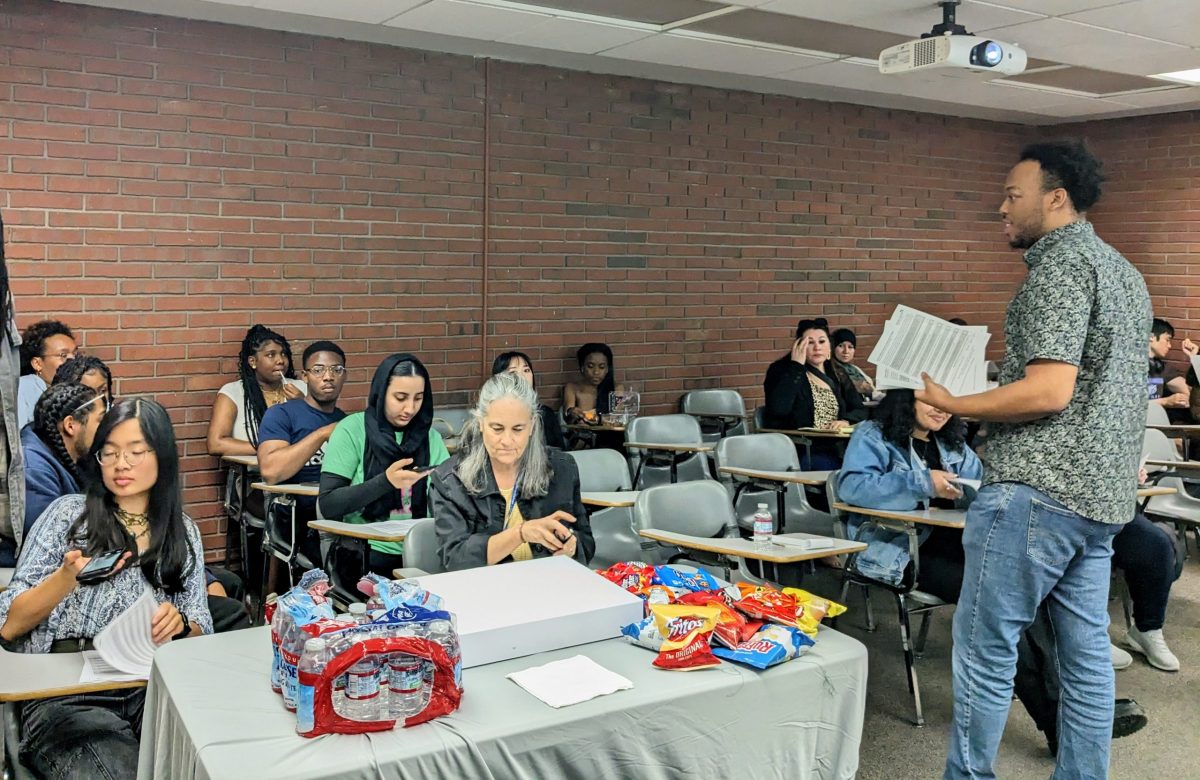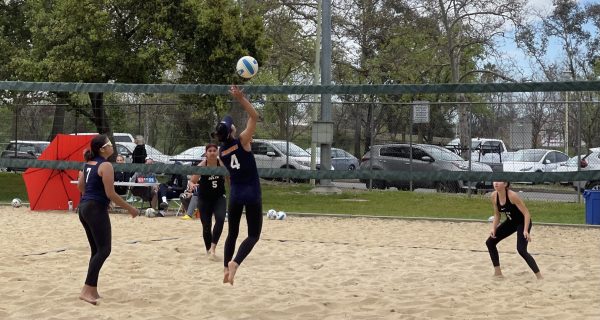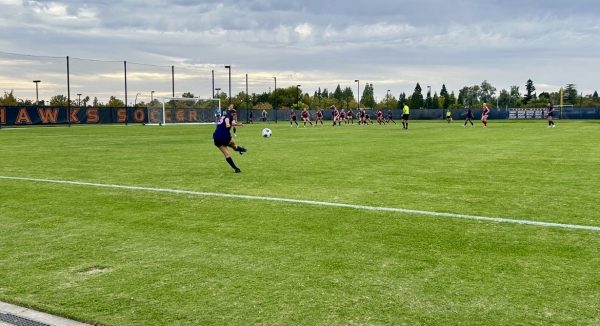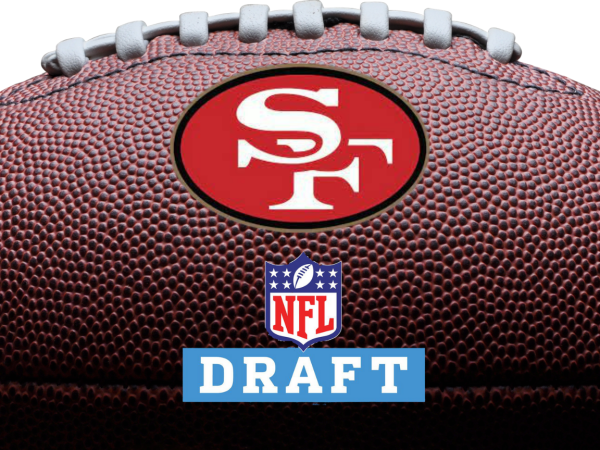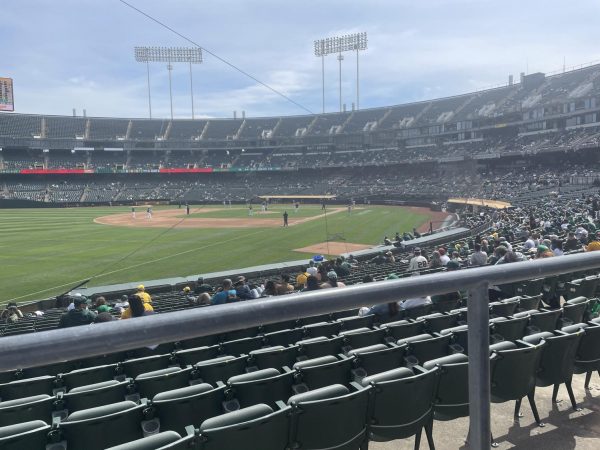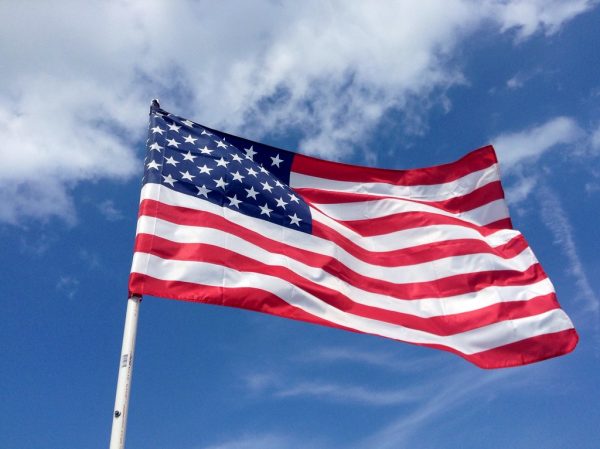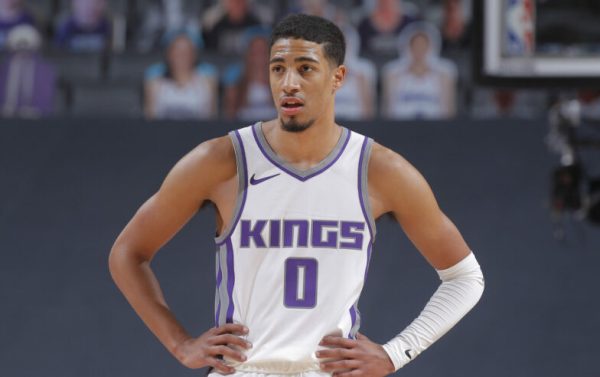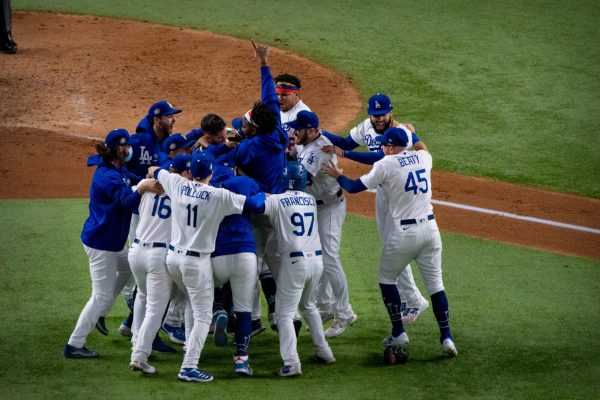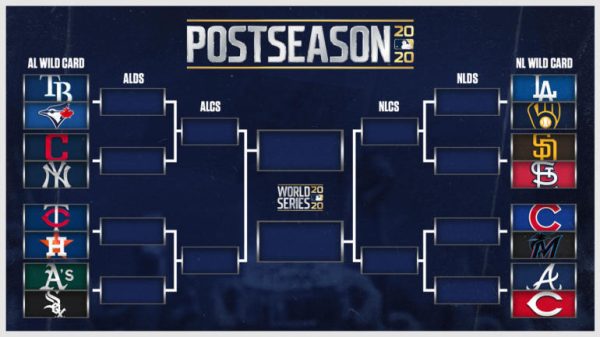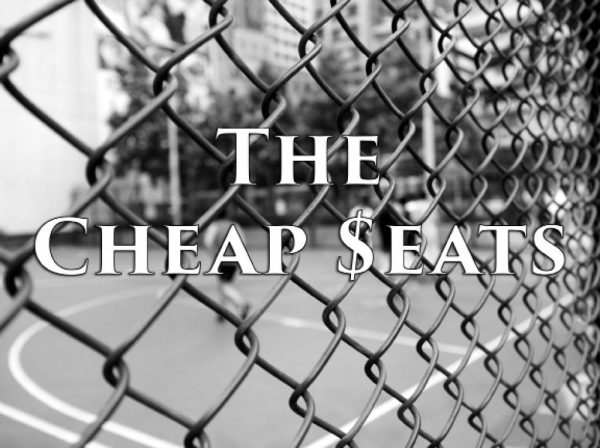As playoffs arrive, rituals become more apparent
Hockey player Greg Zanon of the Colorado Avalanche sports a full beard as many of the NHL players do during the playoffs.
May 11, 2013
In a sporting competition, it’s not just about the game with athletes.
The way you prepare for the game and get your mind right for some friendly competition is all about consistency.
Most teams, players and coaches all have different ways of raising team morale or getting themselves ready to compete.
Some of these sporting rituals you might have heard of before, like the playoff beard in hockey where teams will start growing their man fuzz on their face as a team in hopes of bringing luck their way and progressing in the Stanley Cup Playoffs.
Others may go unseen like former Chicago Bulls legend Michael Jordan who wore his University of North Carolina basketball shorts under his uniform during every game.
Superstitions and rituals are just as much a part of the game as the game itself.
Former Sacramento Kings point guard Mike Bibby used to clip his fingernails on the bench during timeouts and stoppages while Miami Heat forward LeBron James opts to use his teeth to bite them instead of clipping them.
Although players have traditions and things they do, lets not leave teams as a whole out.
Usually in sports, throwing objects is frowned upon, but not so much in hockey.
The Detroit Red Wings before every home playoff game throw a dead octopus onto the ice to pump up the crowd and continue the tradition.
The octopus legend started in 1952 when a fan threw a dead octopus onto the ice before a playoff game symbolizing the number of wins needed to win the Stanley Cup at the time of eight.
That year, the Red Wings went on to sweep the Stanley Cups Playoffs and became champions, the rest is history.
Also in hockey, once a player scores his third goal of the game he completes the hat trick. Once a player gets a hat trick fans around the ice start throwing hats onto the ice as a way of celebrating the feat by the hockey player.
As traditions and rituals get passed on, others have changed and adapted in recent years.
For example, the quarterback position in the NFL has been one of importance and prominence. Quarterbacks have always been looked on as the team leader and a professional.
San Francisco 49ers quarterback Colin Kaepernick does not fit that model.
Kaepernick who is tattooed from head-to-toe was ridiculed last year because of his walking body mural.
During his out of nowhere run last year from backup quarterback to one incomplete pass away from being a Super Bowl champion, some sports columnists believed his tattoos were more fit for prison than for the NFL.
AOL Fanhouse columnist David Whitley wrote, “Approximately 98.7 percent of the inmates at California’s state prison have tattoos… I’m also pretty sure less than 1.3 percent of NFL quarterbacks have tattoos. There’s a reason for that.”
While some agreed with Whitley and thought tattoos were not to be had by quarterbacks, others thought the comments were plain disrespectful and silly.
Jarrett Bell of the USA Today fired back writing in an article, “This is America, 2012. We have a black President with a Muslim name, Barack Obama, who is biracial like Kaepernick. The Niners quarterback is of African-American and European descent and was raised by white parents who adopted him as an infant… Deal with it. Times have changed.”
Kaepernick is not the only person in the sporting world to express himself through artwork on his body. In the NBA, seeing a player with a tattoo or multiple tattoos is more common than seeing an NBA player without one.
NBA players like Chris “Birdman” Andersen of the Miami Heat and Wilson Chandler of the Denver Nuggets come to my head as players who have seemingly every inch of their body covered with tattoos.
If you look back 30 years ago in the NBA when players like Larry Bird of the Boston Celtics and Magic Johnson of the Los Angeles Lakers dominated the league, tattoos on players were not even questioned because there simply weren’t any.
In sports some traditions never die, but also, things change, people change and positions change. No matter if they change for the better or not, this is how it is and rituals are here to stay.

